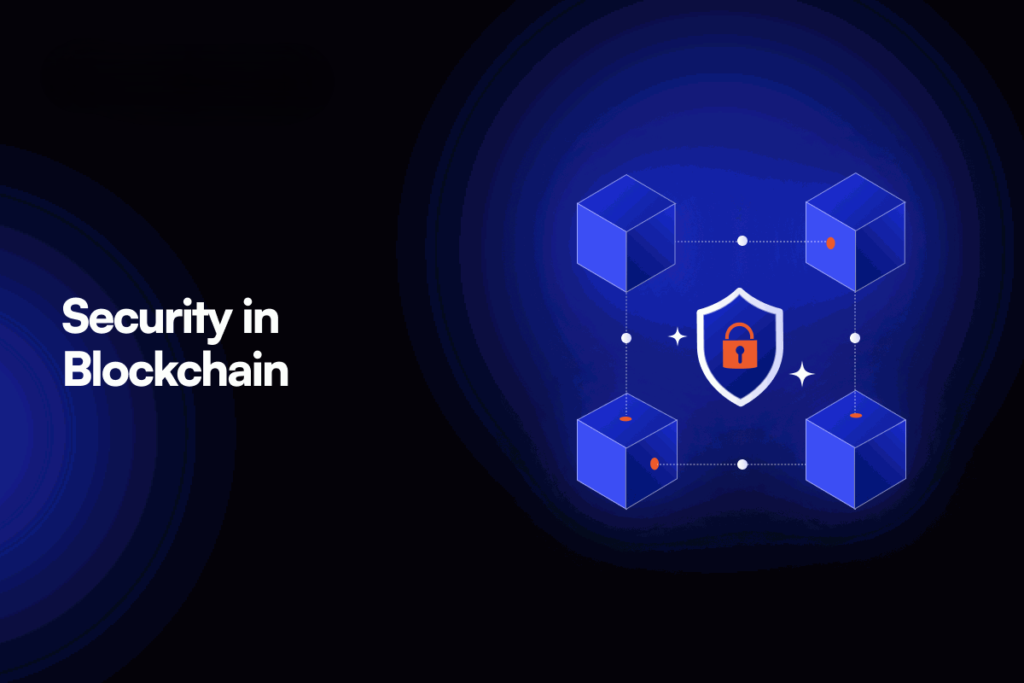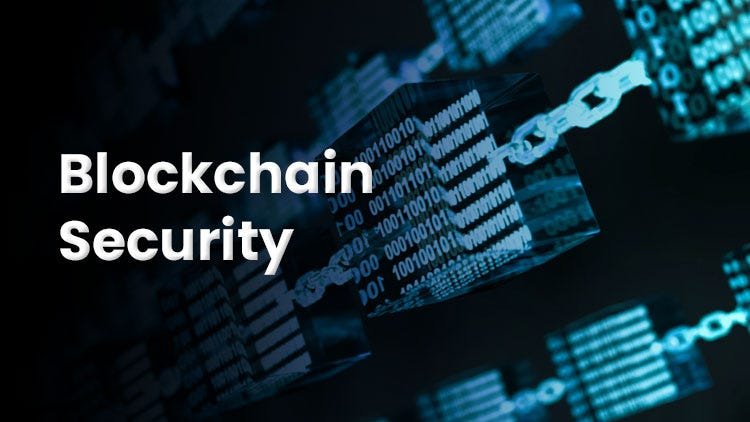Introduction to Blockchain Security
Blockchain networks are designed with strong security features. They use cryptography, decentralization, and consensus mechanisms to ensure data integrity and trust in transactions. Unlike traditional databases controlled by central authorities, blockchains distribute control across multiple nodes. This eliminates single points of failure and makes hacking significantly more difficult.
Security in the crypto space is critical, as digital assets are highly valuable and often targeted by hackers. Cybercriminals exploit vulnerabilities in centralized exchanges, wallets, and even smart contracts. Blockchain security aims to protect users, prevent fraud, and ensure that transactions remain transparent and immutable. However, while blockchain technology is secure by design, it is not immune to all cyber threats.
How Decentralization Enhances Security
Decentralization spreads control across a network of nodes rather than a single entity. Unlike centralized systems, which rely on one server or authority, decentralized networks distribute information across multiple participants. This significantly reduces the risk of single points of failure and makes blockchain networks more resilient against cyberattacks.
Even if some nodes in a decentralized network are attacked or go offline, the system continues operating normally. This makes it extremely difficult for hackers to manipulate the blockchain or alter records. Public blockchains like Bitcoin and Ethereum further benefit from open-source development, meaning a global community continuously reviews the code for bugs and vulnerabilities.
Decentralization also enhances security by preventing collusion. In centralized networks, a malicious insider can alter records or steal funds. However, in a decentralized blockchain, changes require consensus from the majority of nodes. This consensus mechanism ensures that the data stored on a blockchain remains tamper-proof.
Another advantage of decentralization is increased transparency. Every transaction on a blockchain is recorded in a public ledger that anyone can audit. This prevents fraudulent activity and ensures accountability. As a result, decentralized networks are more resistant to manipulation, censorship, and fraud than traditional centralized systems.

Common Cyber Threats to Blockchain Networks
Although blockchain is highly secure, various cyber threats still pose risks. Below are some of the most common threats that blockchain networks face:
1. 51% Attacks
A 51% attack occurs when a single entity gains control of more than 50% of a blockchain’s computing power. With majority control, the attacker can manipulate transactions, double-spend coins, and alter the blockchain history. Large blockchain networks like Bitcoin and Ethereum are resistant to these attacks due to their high computational power requirements. However, smaller blockchains with fewer nodes are more vulnerable.
2. Phishing Attacks
Phishing is a form of cyberattack where hackers trick users into revealing sensitive information like private keys or wallet credentials. Attackers often create fake websites or send fraudulent emails that mimic legitimate crypto services. Unsuspecting users enter their private details, allowing hackers to steal their assets.
3. Smart Contract Exploits
Smart contracts are self-executing programs that run on blockchains. If a smart contract has vulnerabilities, hackers can exploit them to drain funds or manipulate transactions. One of the most infamous cases was The DAO hack in 2016, where an attacker exploited a loophole in Ethereum’s smart contract and stole over $50 million worth of ETH.
4. Private Key Theft
A blockchain wallet’s security relies on private keys. If a private key is stolen, the thief gains full control over the associated wallet. Private keys can be stolen through malware, keyloggers, or phishing attacks. Using hardware wallets and secure password management can help mitigate this risk.
Cryptographic Security in Blockchain
1. Immutability Through Hashing
Blockchains use cryptographic hashing to secure transactions. Each block contains a unique hash of the previous block, forming a chain. If a hacker attempts to alter a block, its hash changes, breaking the chain. This makes tampering with blockchain data nearly impossible.
2. Public-Key Encryption
Blockchain transactions rely on asymmetric encryption, using a public and private key pair. A public key encrypts the transaction, while only the corresponding private key can decrypt it. This ensures that transactions remain secure and cannot be altered by unauthorized parties.
3. Digital Signatures
Every blockchain transaction requires a digital signature. The sender signs the transaction using their private key, and the network verifies the signature with the sender’s public key. This prevents impersonation and ensures that only authorized users can send funds.
4. Secure Consensus Mechanisms
Blockchains use consensus algorithms to validate transactions and maintain network security. The two most common are:
- Proof of Work (PoW): Miners solve complex mathematical puzzles to validate transactions. This method secures Bitcoin and requires massive computational power.
- Proof of Stake (PoS): Validators are chosen based on the number of coins they hold. PoS networks like Ethereum 2.0 consume less energy while ensuring security.
Challenges and Future of Blockchain Security
While blockchain security is strong, challenges still exist. The evolving nature of cyber threats means that blockchain developers must continuously update and improve security protocols. Below are some of the biggest challenges facing blockchain security today:
1. Centralization Hotspots
Even in decentralized networks, centralization risks can emerge. If too many nodes rely on a single cloud service provider or a few mining pools control the majority of the network, it creates vulnerabilities. Attackers could target these centralized points to compromise the network.
2. Small Network Risks
Smaller blockchains with fewer nodes are more vulnerable to 51% attacks and other security breaches. Without a large number of participants securing the network, it becomes easier for malicious actors to manipulate transactions.
3. Emerging Threats (Quantum Computing)
Quantum computing poses a potential risk to blockchain security. Future quantum computers could break current cryptographic encryption methods, making private keys vulnerable to decryption. To counter this, blockchain developers are researching quantum-resistant cryptographic algorithms.
4. The Need for Improved Smart Contract Security
Many blockchain hacks target smart contract vulnerabilities. To reduce these risks, developers must conduct thorough code audits and use formal verification tools to ensure contracts are free from exploitable bugs.
5. The Role of Regulation in Security
Governments worldwide are beginning to regulate cryptocurrencies to prevent fraud and money laundering. While regulation can enhance security, overly strict regulations may impact decentralization. Finding a balance between regulation and privacy remains a key challenge.
The Future of Blockchain Security
Despite these challenges, the future of blockchain security looks promising. Innovations such as multi-party computation (MPC), zero-knowledge proofs (ZKPs), and layer-2 scaling solutions will further enhance security while improving blockchain performance.
Decentralization remains blockchain’s greatest security advantage. By distributing power across many participants, blockchains ensure resilience, transparency, and protection against cyber threats. As adoption grows, ongoing security improvements will make blockchain technology even more robust and trustworthy.
Conclusion
Blockchain security is an ongoing process. While decentralization greatly enhances security, blockchain networks must constantly evolve to counter new cyber threats. Users should follow best security practices, including using hardware wallets, enabling multi-factor authentication, and avoiding phishing scams.
By harnessing decentralization and advancing cryptographic techniques, the blockchain community is working to create a safer, more transparent digital future. As technology advances, the security of blockchain networks will only continue to improve, protecting users and ensuring trust in decentralized finance and beyond.













